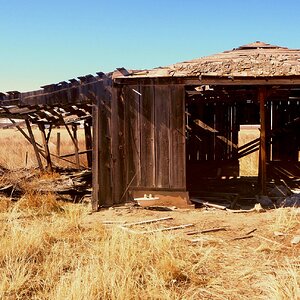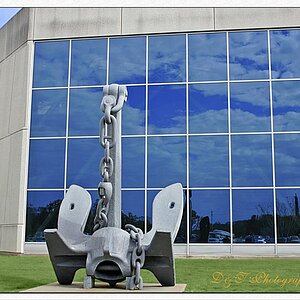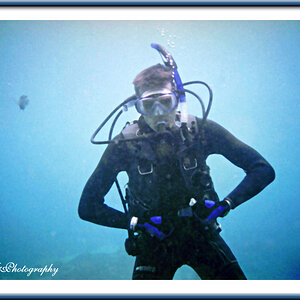Andrew Sun
TPF Noob!
- Joined
- Apr 22, 2009
- Messages
- 212
- Reaction score
- 0
- Can others edit my Photos
- Photos NOT OK to edit
More processing meaning: more editing. Now, editing itself is a whole new topic that can be discussed in fine detail but in general, it can either save some of your no-good images or enhance the already-great images.
Most of your images are already mentioned by a number of people in this thread. Under-exposed, under-processed and many are out-of-focus. All in all, it isn't the end of the world. This whole experience (including dealing with clients who seems quite confused themselves) will only make you better.
Most of your images are already mentioned by a number of people in this thread. Under-exposed, under-processed and many are out-of-focus. All in all, it isn't the end of the world. This whole experience (including dealing with clients who seems quite confused themselves) will only make you better.




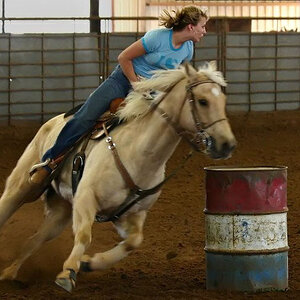
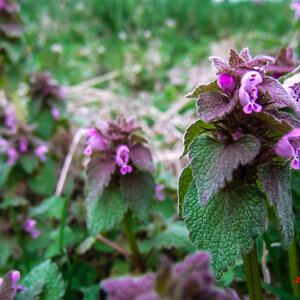
![[No title]](/data/xfmg/thumbnail/38/38738-7933157d1b8968c986eeeab2d1828524.jpg?1619738703)
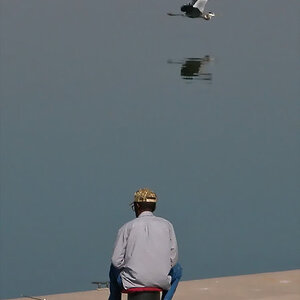

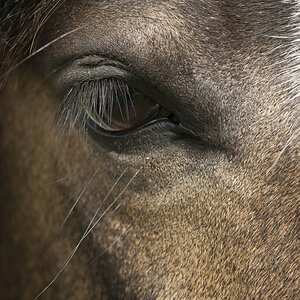
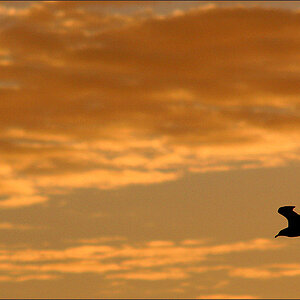

![[No title]](/data/xfmg/thumbnail/38/38736-5bc266b035e23faf5ad942bdd97466a8.jpg?1619738703)
